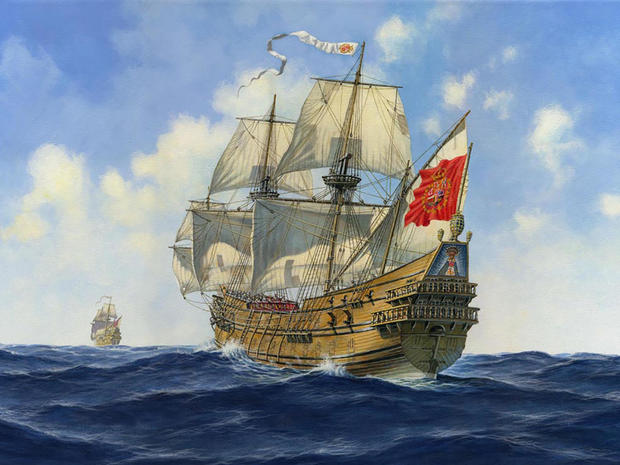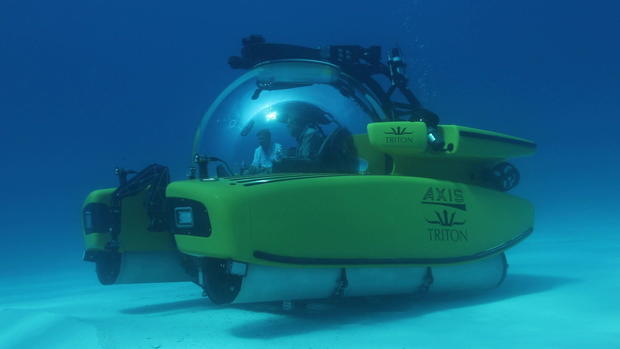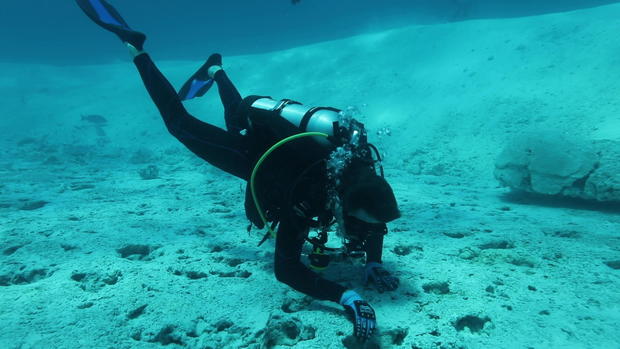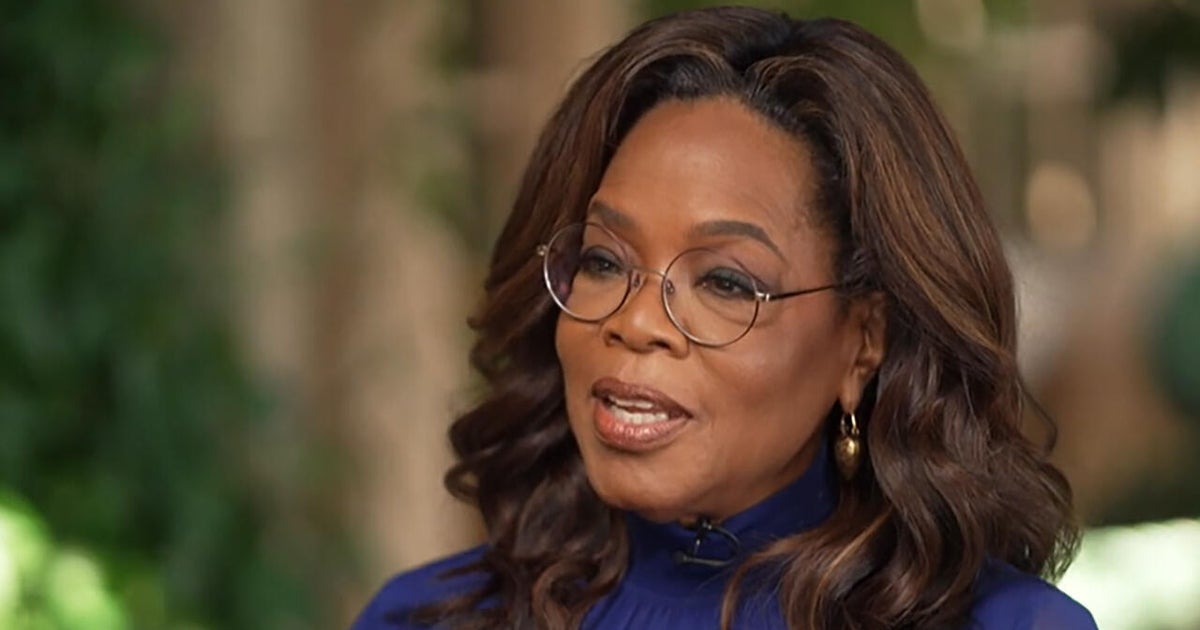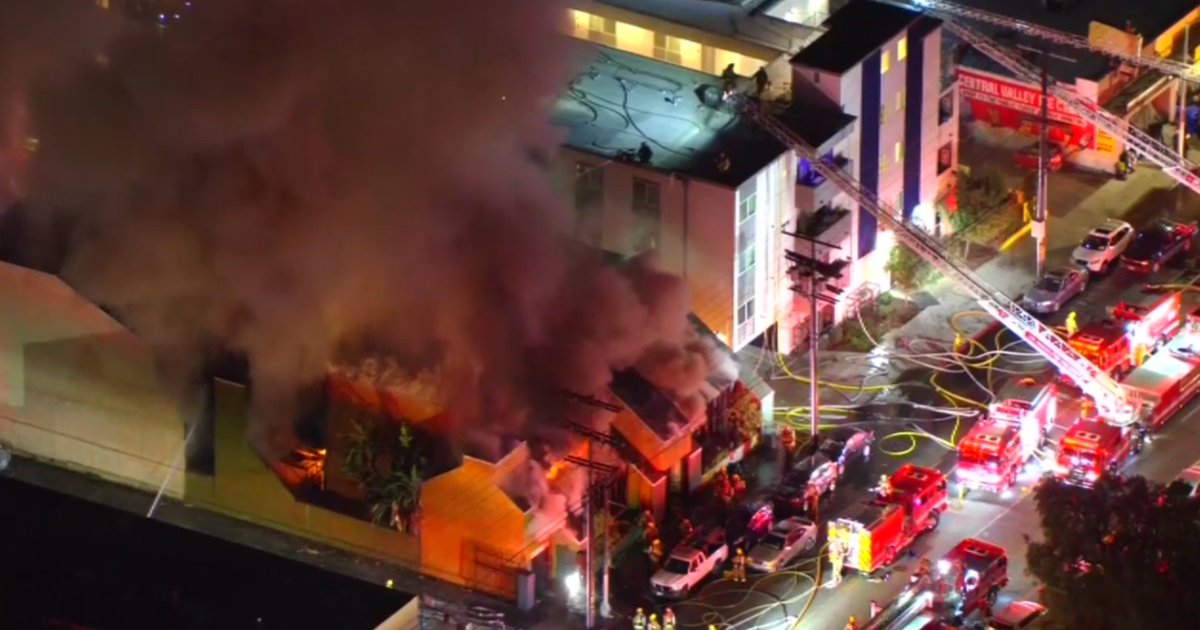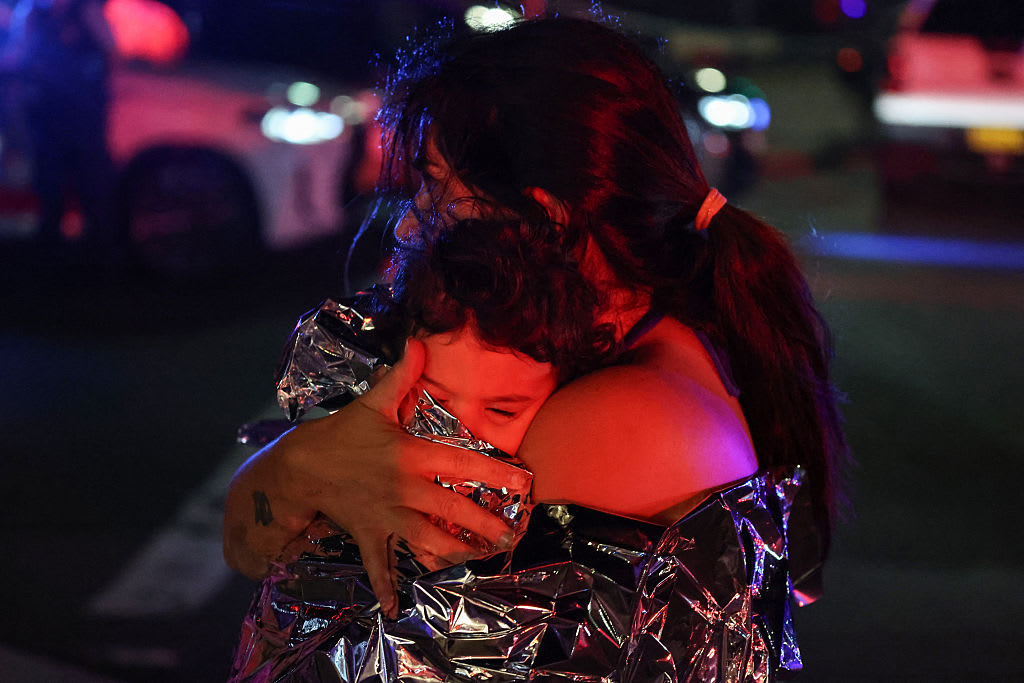Hunting sunken treasure from a legendary shipwreck
Carl Allen is a fisherman's fisherman. He's been coming to the Bahamas since he was 12 – never missed a year – to the small island of Walker's Cay, where he likes to say the bonefish meet the billfish.
But as an adult it wasn't really fish that brought him to this southwest corner of the Bermuda Triangle; it was the legend of a long-lost Spanish galleon. "I am a treasure hunter, I fully admit it," he said.
The Nuestra Señora de las Maravillas was the kind of treasure ship that would have even made the pirate Blackbeard blush. On board: untold riches plundered from the Spanish New World. But on one dark January night in 1656, disaster struck.
"There was some miscommunication, the Maravillas turned, and the other ship turned, and it rammed the Maravillas midship," said Michael Pateman, curator of the Bahamas Maritime Museum in Freeport.
The ship went down in less than an hour.
Ever since, her cursed cargo has brought wealthy treasure hunters flocking to these waters. In 1972 adventurer Robert Marx stunned the maritime world by pulling up artifacts that confirmed basically all the rumors about the Maravillas were true. "Some people claim it's one of the richest Spanish galleons to go down in the New World," said Pateman.
What treasure they found ended up mostly in auctions and private collections the world over. By 1999 the Bahamian government had had enough of treasure leaving its waters, and put a stop to all of it.
But marine archeologists like Jim Sinclair insist the main pile of treasure has yet to be found: "We're probably looking at well over another $100 million still sitting in the sand out here," he said.
Which for Carl Allen was like the siren song of the mermaid. "If we don't do this, Mother Nature gets it, or pirates. And that doesn't do anybody any good," Allen said.
He made his money in plastics (garbage bags, mostly), and in 2016 he sold that multi-million-dollar company in Dallas, and then announced to his wife that he was going fishing … this time, for the Maravillas.
"So, I immediately bought her a yacht for her birthday," Allen said. "And let me tell you, want to get your wife into yachting? Name it after her!"
Their superyacht is named Gigi. Their son, Thomas, says Mom is indeed pretty happy. "I think she likes it down here better than he does," he laughed. "'Cause you can't get her out of the water. It's amazing."
But the Gigi was just a start. Allen also bought a 183-ft research vessel, and all the support boats to go with it. And to top it all off, he bought his own submersible.
To put it mildly, financially, he's in pretty deep. "Everybody thought it was wrong. So many people called me a fool, a laughingstock," he said. "They're not laughing anymore."
With his wife, Gigi, at his side, Allen Exploration has recovered more than 10,000 artifacts from the Maravillas: Pendants, gold chains, silver bars, crucifixes, all seemingly no worse for the wear.
They don't like to talk about what all this is worth because they have no immediate plans to sell any of it. The Allens funded the construction of that maritime museum; they also run it themselves, because they believe the Maravillas treasure belongs in the Bahamas … and so do they. They're full-time Bahamian residents now.
Walker's Cay was abandoned until 2018, when the Allens bought it and started fixing it up. When Hurricane Dorian ravaged the Bahamas, they offered their treasure hunting fleet to deliver relief supplies instead. It was that same year that the Bahamian government lifted the moratorium and granted the Allens exclusive rights to survey some 250 square miles of underwater desert.
To dive with the Allens is to disappear into an underwater scavenger hunt on a long dead reef. It's tedious work – the conditions have to be perfect, and it's not without its dangers. But as Cowan learned, the Allens' passion for the hunt is infectious.
Allen showed Cowan some artifacts that had just been found: "These are nice big, chunky pieces of eight. They'll clean up really nice," he said.
But despite this massive effort, the ever-shifting sands of the Bahamas are still the boss. "You could have the right equipment, which I built; you could have the right people, which I have. And then, Mother Nature says, 'No, not today.' It's gonna be her that'll run me out of this business," Allen said.
But she's not beaten him yet. The pull of the sea is as strong now as it was when he was a boy, and it's anchored the Allens to the Bahamas in all the best of ways.
Allen said, "We love doing it, and we're helping these people at the same time? Where do you sign up for that?"
For more info:
- Allen Exploration (AllenX)
- walkerscay.com
- Bahamas Maritime Museum, Freeport
- Photos and video courtesy of Allen Exploration/Brendan Chavez
- Richard Marx footage courtesy of Michael Bolton
Story produced by Michelle Kessel. Editor: George Pozderec.
See also:


